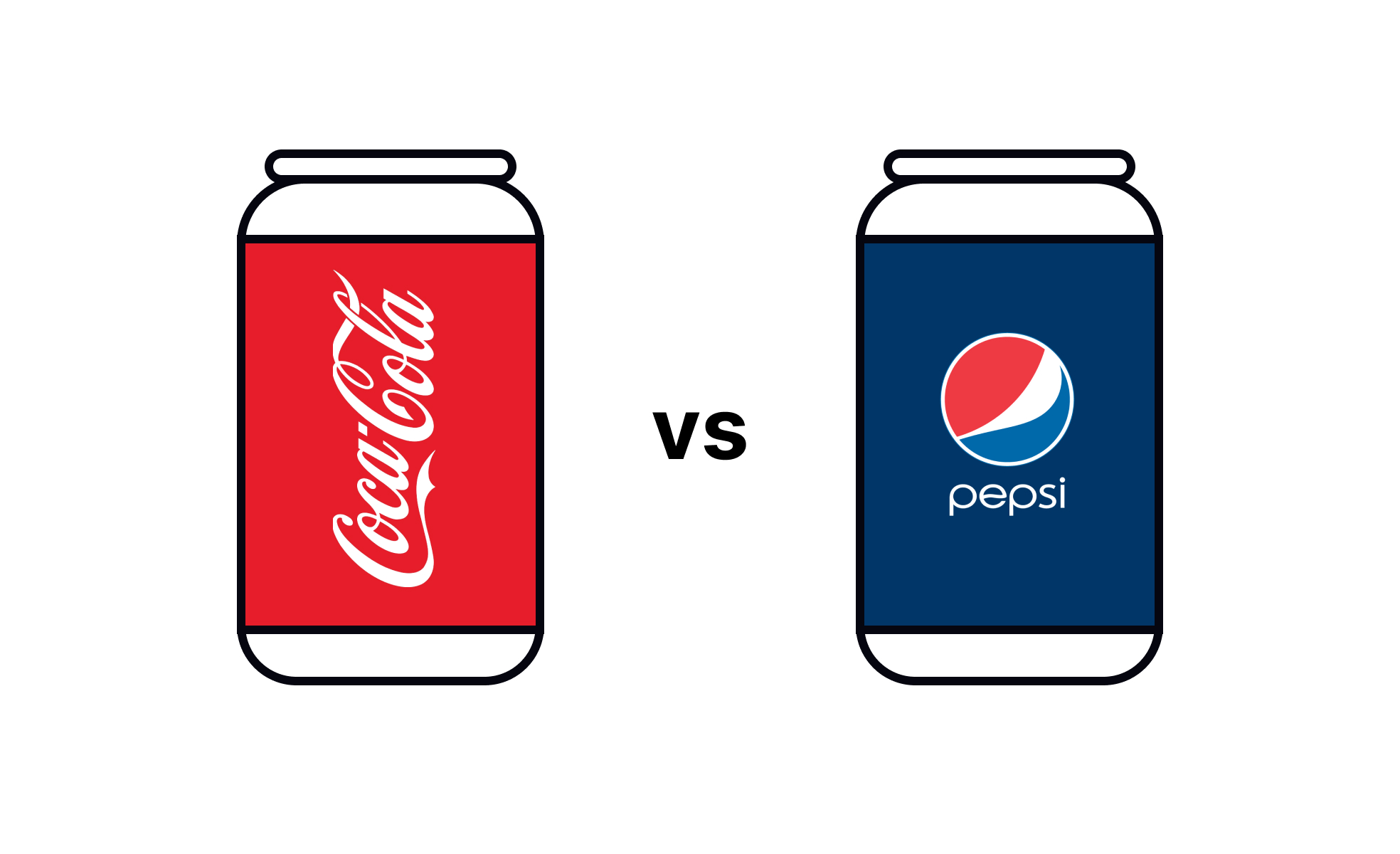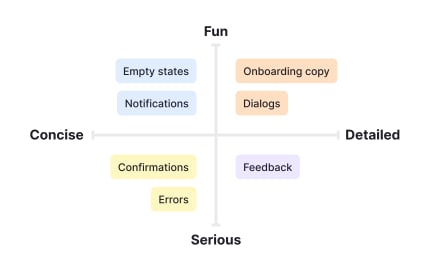Branding
Branding is the process of creating a unique and distinctive image, name, symbol, or design that identifies and differentiates a product, service, company, or organization from others in the market.

Branding refers to the process of creating a unique and distinctive identity for a product, service, company, or organization. It involves strategically developing and managing various elements, such as the brand name, logo, visual design, messaging, and overall brand personality. The goal of branding is to differentiate the brand from competitors, establish a strong emotional connection with the target audience, and shape the perceptions and associations that people have with the brand.
Branding plays a crucial role in the success of a business or organization. Here are a few reasons why branding is important:
- Differentiation: In a crowded marketplace, branding helps differentiate a brand from competitors and create a unique selling proposition. It allows consumers to distinguish the brand and understand what sets it apart.
- Trust and loyalty: A well-crafted brand with a consistent and positive image builds trust and credibility with the target audience. Strong branding fosters customer loyalty, leading to repeat business, brand advocacy, and positive word-of-mouth referrals.
- Emotional connection: Effective branding taps into the emotions and values of the target audience, establishing a deeper connection beyond the functional aspects of the product or service. It creates a sense of affinity and resonance with consumers, leading to stronger brand affinity and customer relationships.
- Recognition and memorability: A strong brand identity, including a memorable logo, colors, and visual elements, helps in creating brand recognition and recall. When consumers can easily identify and remember a brand, it increases the chances of their choosing it over competitors.
Branding has a significant impact on the user experience (UX) as it shapes how users perceive, interact, and engage with a product, service, or company. A well-crafted and consistent brand identity enhances UX by creating a sense of familiarity, trust, and credibility. A strong brand helps users feel confident and reassured in their decision to engage with the product or service, leading to a positive initial impression and continued usage. Branding elements, such as visual design, messaging, and tone of voice, evoke emotions and establish a connection with users, influencing their overall perception and satisfaction. A cohesive brand experience across all touchpoints and interactions builds user loyalty, encourages engagement, and fosters a sense of affinity and resonance. By aligning the UX design with the brand's values, personality, and user expectations, designers can create meaningful and memorable experiences that leave a lasting impression on users.
Recommended resources
Courses

Common Design Patterns

UI Components II

UX Writing
Lessons

Landing Pages

Brand Voice in UX Writing

Design in Marketing
Exercises
Briefs

Create a High-Impact Landing Page

Conduct a Content Audit

Create a Typography System
Assessments

Landing Pages

Email Design
Tutorials

11 Best Practices for Designing 404 Pages

How to Develop Your Brand’s Voice & Tone
Projects
Notion Halloween Icon Set
Starbucks Halloween Icon Pack












